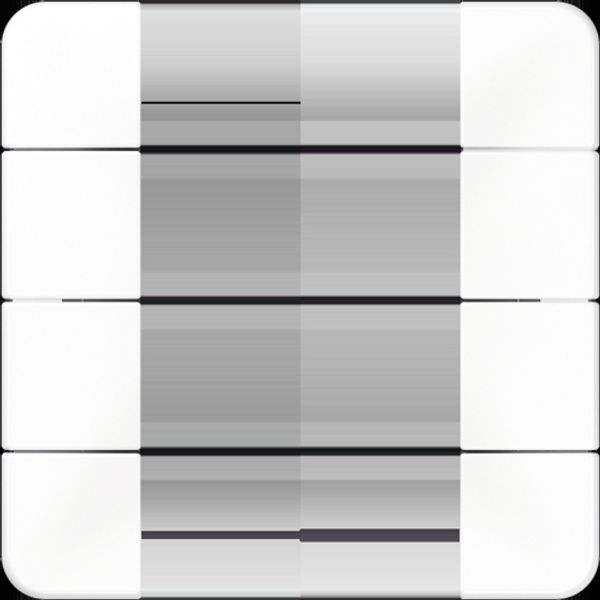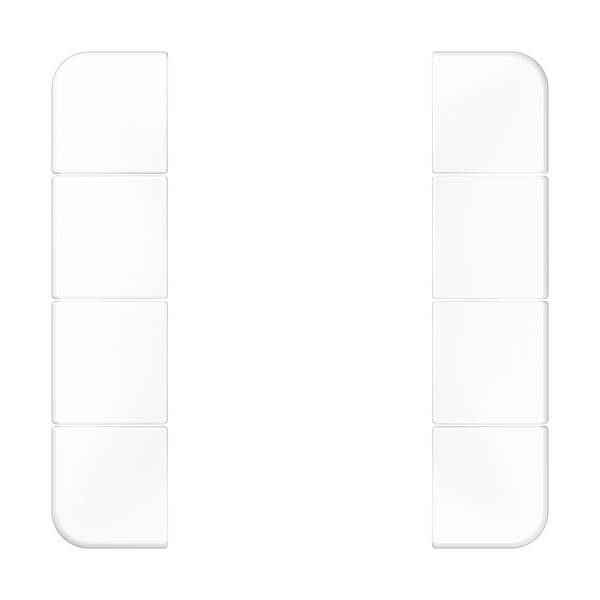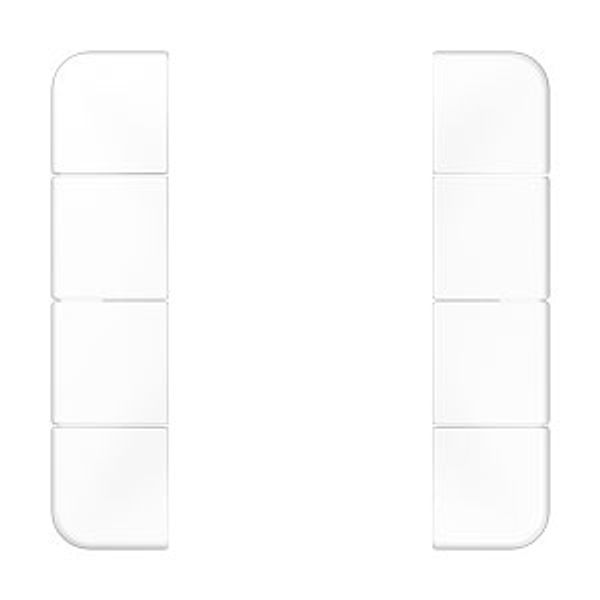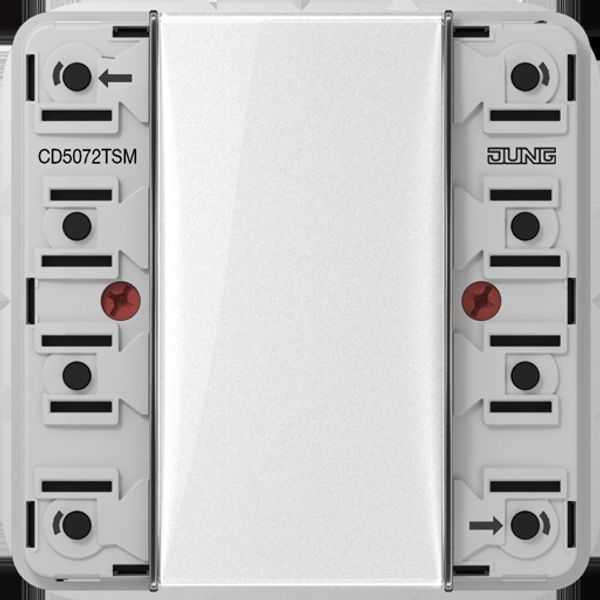Register to unlock your exclusive B2B prices and start shopping. Sign up now!
Standard push-button module 2-gang CD5072TSM
Order Only
Minimal order quantity: 1
Price (excl. VAT):
140,85 €
EAN: 4011377106826
MPN: CD5072TSM
Box: 1
Estimate delivery time at our warehouse (approx.):
2-4 weeks
Technical Information
| Item condition | New |
| Manufacture name | Standard push-button module 2-gang CD5072TSM |
| Brand | Jung |
| Categories |
Bus System Devices (KNX/Modbus)
|
| Country of origin | DE |
| Harmonized System Code | 8536 5011 00 |
| Bus system KNX | Yes |
| Bus system radio frequent | No |
| Bus system Powernet | No |
| Bus system LON | No |
| Bus system KNX radio | No |
| Radio frequent bidirectional | No |
Packing details
| Packing level 1 | 4011377106826, 4011377106826 |
| Packing level 2 | 4011377106826, 4011377106826 |
Other Technical data
| Mounting method | Flush mounted (plaster) |
| With display | No |
| With IR sensor | No |
| With room temperature controller | No |
| With bus connection | Yes |
| Material | Plastic |
| Number of buttons | 0 |
| With anti-theft/dismantling protection | Yes |
| RAL-number (similar) | 0 |
| With label area | No |
| Degree of protection (IP) | IP20 |
| With LED indication | Yes |
| Transparent | No |
| Number of actuation points | 4 |
| Min. depth of built-in installation box | 0 mm |
Downloads
Description
Standard push-button module 2-gang CD5072TSM integrates into power systems for KNX bus operations, enabling controlled actuation points.Designed for seamless command input without display or additional sensing elements. Flush mounted in plaster.Degree of protection IP20 ensures basic coverage against solid objects larger than 12mm—standard indoor classification.Material:plastic.Label area not included.LED indication integrated into design to facilitate status feedback during operation.Number of actuation points:4, supporting multi-command interface within bus networks like KNX wired systems specifically;lacks compatibility with KNX radio and other alternate buses such as LON or Powernet frameworks. Equipped with dismantling/anti-theft features to secure its placement within installations using bus connection directly supported through proper wiring mechanisms.Transparent surfaces excluded by design architecture reducing reflective glare environmental interaction risks during standard use cases setup fixtures in automation circuits deployment
Accessories

Order Only
Jung
Neutral cover CD50NAW
5,67 €
EAN: 4011377118362
MPN: CD50NAW
Box: 1

Order Only
Jung
Centre plate CD50NAWW
5,28 €
EAN: 4011377118379
MPN: CD50NAWW
Box: 1
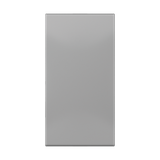
Order Only
Jung
Centre plate CD50NAGR
8,69 €
EAN: 4011377118386
MPN: CD50NAGR
Box: 1
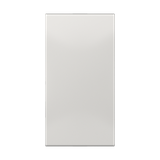
Order Only
Jung
Centre plate CD50NALG
8,69 €
EAN: 4011377118393
MPN: CD50NALG
Box: 1
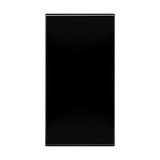
Order Only
Jung
Centre plate CD50NASW
8,69 €
EAN: 4011377118409
MPN: CD50NASW
Box: 1
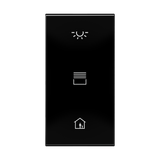
Order Only
Jung
Cover, suitable for backlighting CD50NATXSW-L
12,37 €
EAN: 4011377206489
MPN: CD50NATXSW-L
Box: 1
